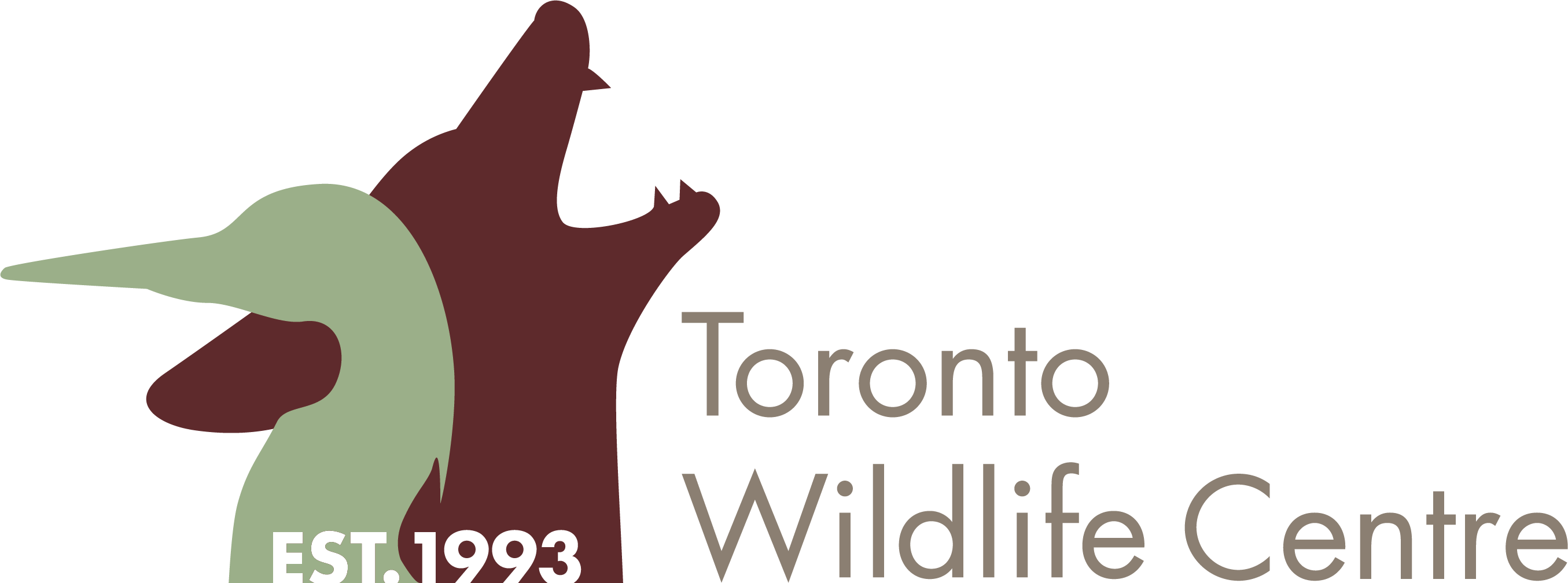Geese choose their nesting site
Canada Geese are good at choosing nesting sites, even if sometimes these sites are hard for us to understand. Geese like open, flat spaces where they can see predators coming from far away, so courtyards look like great nesting spots to Canada geese. If the nest is less than 2 storeys above the ground, and there are no barriers more than a foot high to prevent the baby geese from leaving, it’s probably a normal situation.
Sometimes geese don’t think ahead
Sometimes geese don’t think ahead, and nest in places that their babies won’t be able to fly out or off of. If the nest is in a completely enclosed courtyard, OR more than 2 storeys above ground, OR has a barrier around it more than a foot high, please contact a wildlife rehabilitator for advice. If the goslings have already hatched, provide them with a shallow pan of water and consider this an emergency.
Baby geese will be trapped
Once the female starts sitting on the eggs, they will hatch in about 25 days. Baby geese can walk within hours of hatching, and the parents will try to lead their new family away from the nest area. Because the goslings cannot fly until they are three months old, they will be unable to fly out of the courtyard to follow their parents. Please contact a wildlife rehabilitator for advice.
Can I do anything to help?
It’s generally best not to intervene during incubation, but once the babies hatch they will definitely need help. Contact a wildlife rehabilitator before they hatch to make a plan for the big day!
In the meantime, there are a few things you can do:
Don’t touch the nest
Canada geese are federally protected, so moving the nest is illegal without a permit. A goose will also not recognize her nest if it is moved even a few feet, let alone out of the courtyard.
Let people know
Put up signs to alert passersby or tape off a section of the courtyard to keep the geese safe and calm while they’re waiting for their eggs to hatch.
Don’t feed the geese
It’s normal for a female goose not to eat for the entire incubation period—she fattens up beforehand to prepare. Leaving food or water out for the adult geese will only attract predators like raccoons or opossums, putting their nest in danger. Once the goslings have hatched, feeding them unnatural food like bread can cause problems with their growing bones and feathers.
If the goslings have already hatched, it is okay to offer the babies a shallow pan of water they can easily get in and out of. Finely chop up some clover, dandelion greens, or spinach, and float it in the water for them to nibble at. Call a wildlife rehabilitator immediately if you don’t already have a rescue plan.
Plan ahead to discourage nesting geese in the future
If you want to prevent geese from nesting in the courtyard, think about making changes next year to discourage them from nesting again.
Change the landscape
Planting shrubs, tall grasses, or trees can break up the sightlines and make the courtyard a less attractive nesting spot for geese. Scare devices such as eye-spot balloons, coloured flags, or garbage bags tied to sticks can be very effective if you set them up just before nesting season and move them around frequently.
Be a nuisance
Physically getting outside and chasing the geese away while they’re still establishing territory (but before there are eggs in the nest) can help convince them to find a better spot.
Orphaned goslings
Goslings found alone with no adult geese should always be considered orphaned. First, look around outside the building with the courtyard to make sure the parents aren’t waiting nearby. If you don’t see them, please contact a wildlife rehabilitator immediately.

